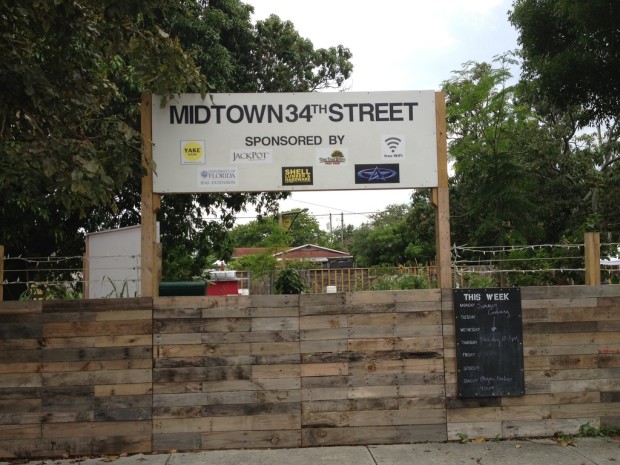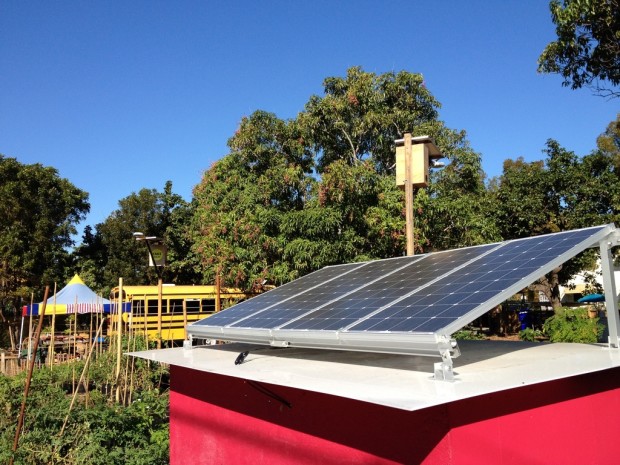 |
| A 3-D model of the proposed building. |
This project has been among the dreams of Blair Butterfield, the founder of the organization, ART OF CULTURAL EVOLUTION, which has a number of other projects in process, as well. Ms. Butterfield discussed the Colony1 project, "Colony1 is all about sustainability. We believe in creating a culture where everyone can have a more symbiotic relationship with the earth. We believe that most people are willing to make changes for their environment, but they just do not have access to the knowledge on how to do so. The whole point of Colony1 is to demonstrate that sustainability is possible and allow others to learn and replicate any piece of the facility they would like to."
In order to put that plan into effect, the Colony1 project has been transparent in sharing the plans for the facility and its features as they are developed. Some of the features that have been planned into the project include Net Zero Water. That means no reliance on city water. It is planned that rainwater will be collected and held in a cistern. That water will then be filtered and used for the facilities needs. In addition, there is a grey filtration system that will clean the water to be used for garden irrigation and the runoff will then be looped back into the system through a closed loop. The grey filtration system essentially routes the water through a constructed wetlands and that wetlands will provide education for city residents.
Another feature is Net Zero Energy, through utilizing solar panels. Besides the facility being powered by solar energy, it will have an energy storage capability of a battery bank, eventually able to provide an energy offset for the neighbors. Even further into the future, the plan is to develop a sort of micro-grid that would increase the use of solar power by neighboring property owners.
 |
| A vacant piece of land was converted into a sustainable land lab with types of solutions that can be done in a backyard. |
 |
| Solar energy is used for irrigation, sound equipment, and night lighting. |

No comments:
Post a Comment